Anduril has begun flight testing of its YFQ-44A prototype for the U.S. Air Force’s Collaborative Combat Aircraft programme, with the company saying the type moved from a clean-sheet design to a semi-autonomous first flight in 556 days.
Anduril described the YFQ-44A as a purpose-built Collaborative Combat Aircraft, designed to operate in highly contested air environments by combining autonomy with a production model intended to deliver affordable mass. The firm said the aircraft is intended to team with crewed fighters or operate independently to enhance survivability, lethality and mission effectiveness, according to the company.
Jason Levin, Anduril’s senior vice president of engineering for Air Dominance and Strike, framed the milestone as a defining moment in aviation, saying the programme represents a “step change” in how air power is conceived and delivered, quoted in the company statement. “Flight testing is where we prove to ourselves, to the Air Force, to our allies, and to our adversaries that these proclamations about game-changing technology go beyond words,” he said. “They’re real, and they are taking to the skies today.”
The company said all taxi and flight tests to date have been semi-autonomous, not remotely piloted, with an operator placed “on the loop”. Levin described the aircraft as executing mission plans, managing flight control and throttle adjustments autonomously, and returning to land at the push of a button under human supervision, quoted in the company statement. “There is no operator with a stick and throttle flying the aircraft behind the scenes,” he said, quoted in the company statement.
Anduril highlighted the software backbone that underpins both the aircraft’s combat functions and sustainment. The company said YFQ-44A’s integrated weapon system processes data at combat speeds to identify targets and command effects, while the platform’s software also manages maintenance and vehicle health to streamline sustainment. Anduril argues that embedding autonomy into early ground and flight tests accelerates learning and iteration for the U.S. Air Force and industry partnersssss.
The company said the 556-day interval from clean sheet to first flight is faster than recent fighter programmes. To support planned scale-up, Anduril outlined Arsenal-1, a 5 million square foot production facility in Columbus, Ohio, which the firm said will begin producing prototype Collaborative Combat Aircraft in the first half of 2026. Production methodology will centre on a common software backbone called ArsenalOS, commodity supply chains and industry-standard manufacturing processes.
Levin argued that the production approach is deliberately pragmatic, focusing on simple, mature technologies and a broad labour pool to enable high-rate manufacture. “YFQ-44A will be produced at rate by a broad labour pool, commoditised supply chain, and industry-standard manufacturing processes,” he said.
Anduril said it has already more than doubled manufacturing speed for the design by optimising processes and making hundreds of producibility-focused adjustments ahead of the Arsenal-1 move, according to the company.
The company framed the CCA effort as an industrial and tactical response to rapid advances by potential adversaries. Levin cited recent activity by other states that he said has accelerated the need for affordable mass and faster fielding.
“Only by achieving affordable mass, by putting new and more intelligent aircraft on the ramp, can we successfully deter great power conflict,” he said
Anduril also said the test phase will evaluate conventional fighter attributes such as speed and manoeuvrability alongside autonomy, stealth, range and weapons integration, and will develop manned-unmanned teaming concepts and tactics in conjunction with the U.S. Air Force.


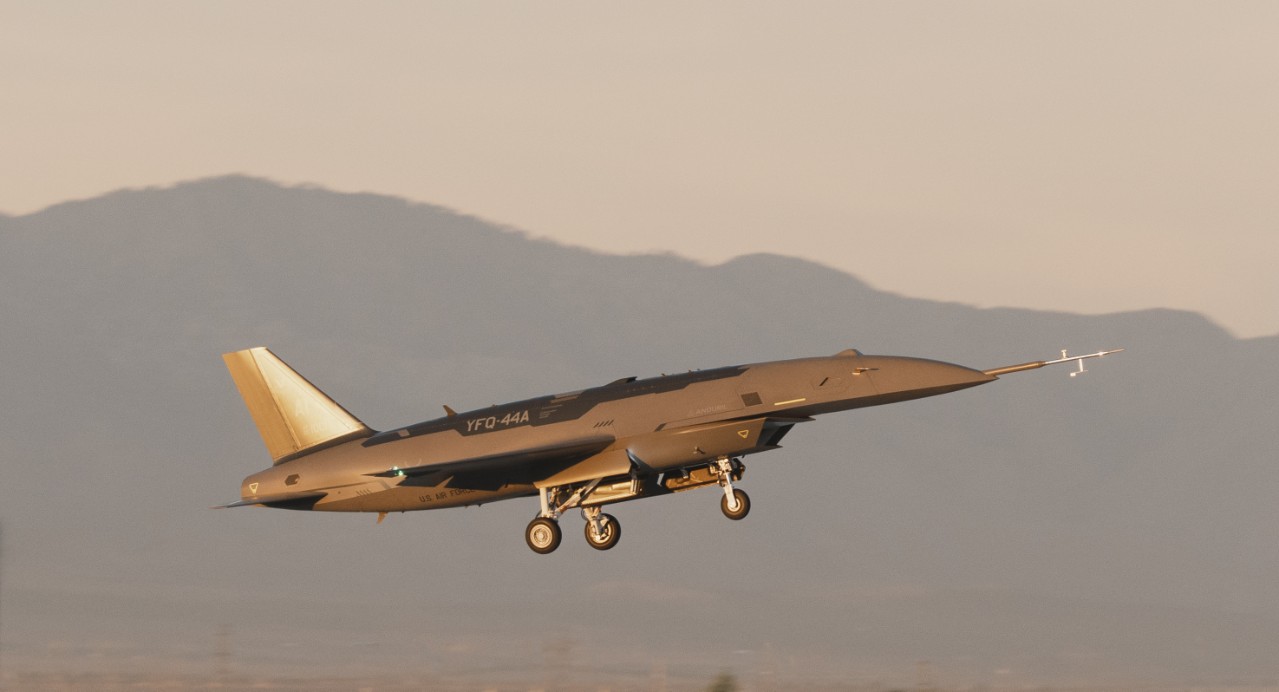
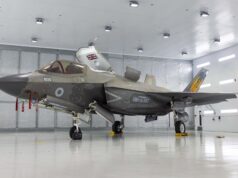


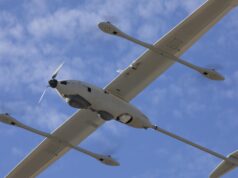
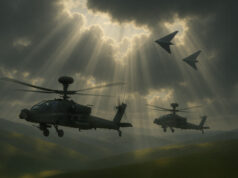
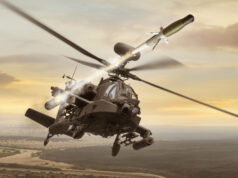
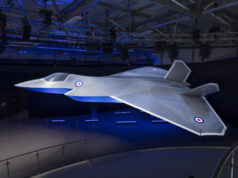

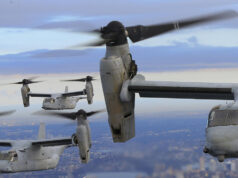


Christ, they’re in a hurry.
Seems mental that over ten years we have gone from things like Taranis to this. A target drone with wheels still requiring a man in the loop.
Yes, what’s actually changed in the 12 years since Taranis? Are we waiting for AI? Probably. Personally, I think the Soviet Anti-Access/Area Denial strategy will rule because it will be so much cheaper to build systems that target anything in the air, rather than use ‘AI’ to select their targets.
Means shooting down airliners on a daily basis…
Difficult to predict, once Ai gains the ability to progressively design superior Ai systems then it’s very difficult to know exactly how capable these systems will become. How they remain under human control too for that matter which may, or may not become an inhibiting fa tor.
Fair point. AI capability is progressing remarkably fast, ‘doubling every seven months’ apparently.
It looks like Anduril is going for a cost effective system at the expense of absolute stealth. I read somewhere that a US military wargame found that massive volume was more effective than a smaller number of stealthy drones.
This is the age old conundrum, Tech V’s Numbers. We all know War is a game of numbers but what is the magical tipping point where tech can win over mass ?
That seems to be the choice between it and its two more sophisticated competitors. Interesting to see where the US Military puts its faith. Certainly as halfwit says it is a conundrum they will need to solve.
these drones may permit both. The drones give mass, the crewed (do we still say manned?) stealth aircraft provide stealth. Easy to imagine the two working together with different roles but supplementing each other